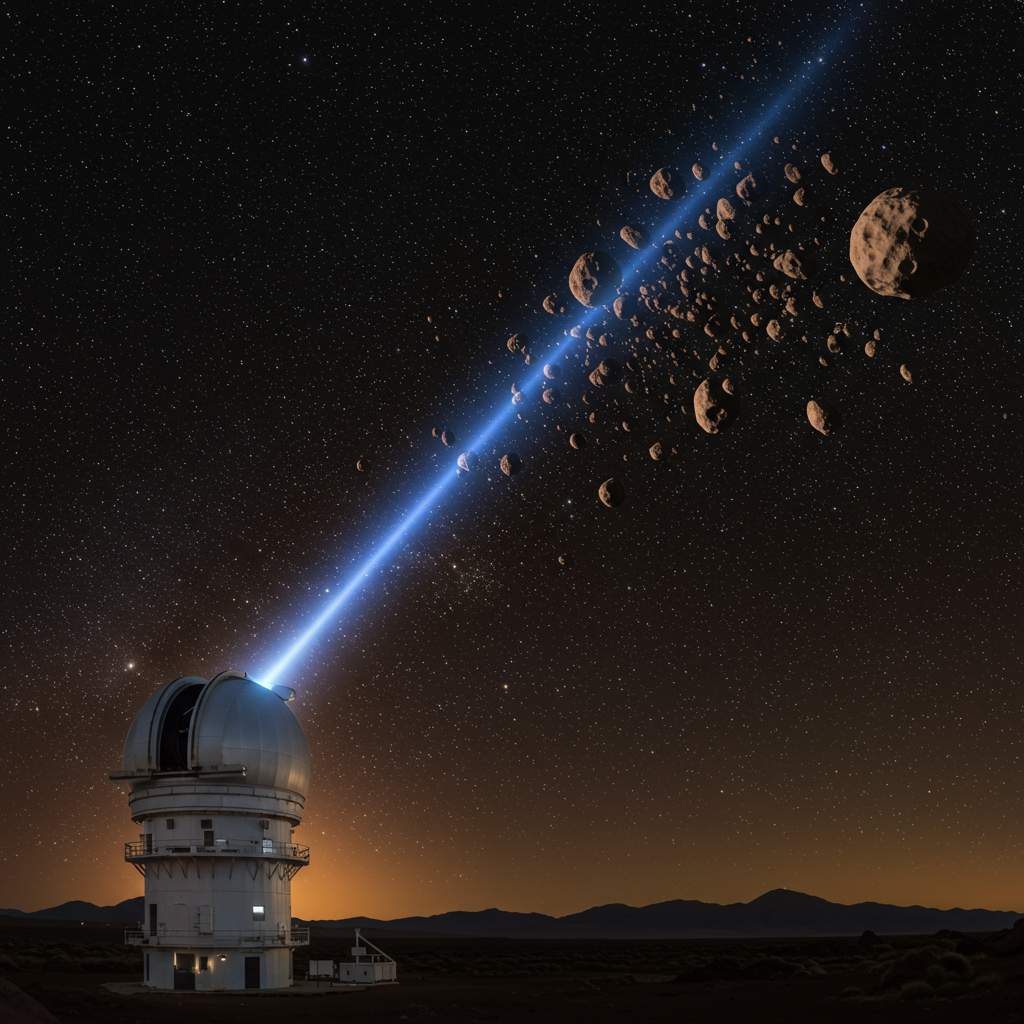Scientists are buzzing over a baffling signal detected from a NASA satellite that has been silent in orbit for nearly 60 years. The spacecraft, known as Relay 2, unexpectedly emitted a powerful, fleeting radio pulse, prompting astronomers to investigate the strange “revival.”
The Relay 2 satellite was originally launched by NASA from Cape Canaveral, Florida, in January 1964. While its primary role was experimental communications – Relay 1 before it famously broadcast television between the US, Japan, and Europe – Relay 2 was also tasked with mapping Earth’s radiation belts.
However, the satellite’s operational life was relatively short. Its first transponder failed in 1966, and by June 9, 1967, it suffered a full communications failure, rendering it officially defunct. It has remained a silent piece of space debris ever since, orbiting Earth among thousands of other inactive satellites.
A Signal From the Grave
That silence was broken on June 13, 2024. Astronomers in Australia, using the advanced Australian Square Kilometre Array Pathfinder (ASKAP) radio telescope array, detected an incredibly brief burst of energy.
Initially, the powerful signal was thought to be a fast radio burst (FRB) from a distant galaxy. However, further analysis revealed its source was much closer to home – within 20,000 kilometers of Earth. This proximity made pinpointing the exact origin tricky, much like a camera struggling to focus on something too close.
By tracing the signal and comparing it to known satellite positions, researchers zeroed in on the Relay 2 satellite as the only plausible source. The pulse was astonishingly short-lived, lasting less than 30 nanoseconds (or billionths of a second), but remarkably powerful, briefly outshining other celestial objects in the sky.
What Caused the Mysterious Pulse?
This event has sparked intense scientific curiosity. Unlike some documented cases of spacecraft experiencing temporary “reboots” or intermittently transmitting signals due to power alignment or system cycling, researchers believe Relay 2’s pulse wasn’t a sign of the satellite “coming back to life” in a functional sense.
Instead, the leading hypotheses point to external events triggering the energy release:
- Electrostatic Discharge (ESD): Over decades in orbit, a spacecraft can accumulate electrical charge on its surface. A sudden release of this stored energy, much like a miniature lightning strike, could produce a radio emission.
- Micrometeoroid Impact: Collision with a tiny space rock or piece of debris could generate a superheated cloud of charged plasma upon impact. This plasma could also emit a radio pulse.
- Potentially help assess and mitigate risks posed by such events to operational satellites, particularly smaller, less protected spacecraft.
- www.foxweather.com
- www.newscientist.com
- www.iflscience.com
- www.independent.co.uk
- www.yahoo.com
Differentiating between these two scenarios based solely on the radio signal is challenging, say experts. Both could produce similar short, powerful bursts.
“Zombie Satellites” and Orbital Awareness
While Relay 2’s event appears tied to an external trigger rather than a system restart, the phenomenon of long-dead spacecraft showing unexpected activity has led to some being informally dubbed “zombie satellites.” Examples include the US Air Force’s LES-1, detected transmitting in 2012 potentially due to solar alignment, or communication satellites like Galaxy 15 and AMSAT-OSCAR 7 that genuinely resumed communication after periods of inactivity linked to power issues.
The detection of Relay 2’s pulse is significant beyond just solving a space mystery. With an estimated 3,000+ defunct satellites orbiting Earth alongside some 2,000 active ones, understanding unexpected discharges is increasingly important.
Researchers suggest that monitoring events like the Relay 2 pulse could:
Pave the way for detecting other sudden electrical discharges from satellites.
Provide valuable insights into the behavior of spacecraft in the harsh orbital environment.
The monitoring systems needed for such detections are already available on Earth. This unexpected signal from a decades-old satellite highlights the dynamic and sometimes unpredictable nature of the objects we leave behind in orbit.




